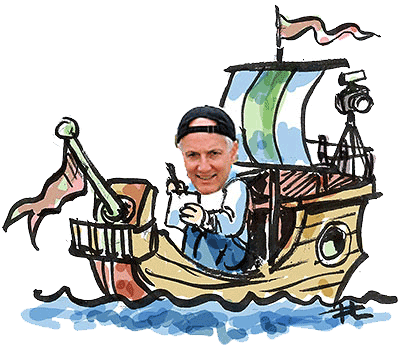One need not go down under to experience the outback, therapy for the urban claustrophobic abounds in the vastness of Nevada. But most visitors fail to escape the center of gravity, ‘Vegas, baby!’
Start at a giant rental car complex a shuttle from the airport. Hot convertibles are a small fraction of a rental in Washington, DC. Thinking myself stuck with an SUV with no sunroof, I glanced wistfully at a row of convertibles, making an audible wish. I couldn’t believe my ears when I heard ‘oh, no problem, I’ll upgrade you.’ I chose speed trap catnip colors yellow and black, a twin of the Bumblebee Camaro that starred in Transformers. After begging repeat instructions on taking down the top and other basics — my staff car in DC is a ’66 Corvair convertible, the Camaro seemed a jet cockpit — we were on the Strip driving like frightened little old ladies, wondering why our eyes were blocked by the top of the windshield.
We gobbled grass-fed black angus steaks bigger than my head at a steakhouse called Tender made my lips quiver — and caught Raiding the Rock Vault, a sly show by musicians from past super-groups delivering a litany of rock music — made my ears quiver. Amid the creature comforts of Aria, dubbed by Popular Mechanics as possibly ‘the most technologically advanced hotel ever built,’ I had second thoughts about leaving Vegas city lights.
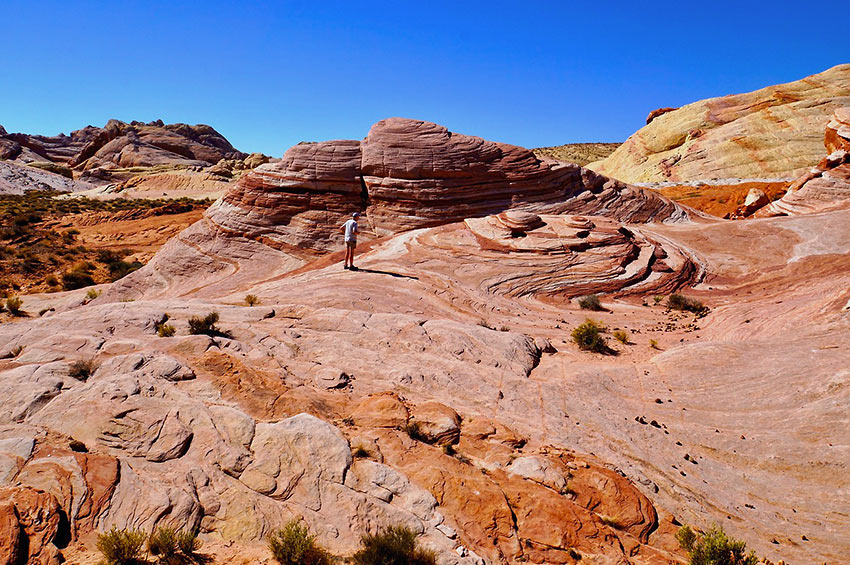
Bumblebee buzz drowned out the Vegas sirens’ song. Finding the magic buttons that lowered the seat and stretched the legs to race car ergonomics, the car went from neck-craning nuisance to nirvana. It rapidly became an appendage as we headed an hour northeast up Interstate 15 to the Moapa River Indian Reservation, taking a right, past the Muddy Mountains and into Nevada’s oldest state park, the Valley of Fire. Readers, you’ve likely caught glimpses of this fiery gem, as it’s been a backdrop for films, TV shows and car commercials. With red sandstone — hardened sand dunes from dinosaur times — given a molten look by the sun, it’s a natural for science fiction. Here, Arnold Schwarzenegger tumbled down Martian cliffs in ‘Total Recall‘, and Captain Kirk saved the known universe while falling to his heroic death in ‘Star Trek Generations.’ Contemplate the Anasazi Indians who roamed the valley three centuries before Christ, leaving petroglyphs, including of a throwing stick, the atlatl, a tool that acted as an arm extension to hurl spears at a faster velocity.
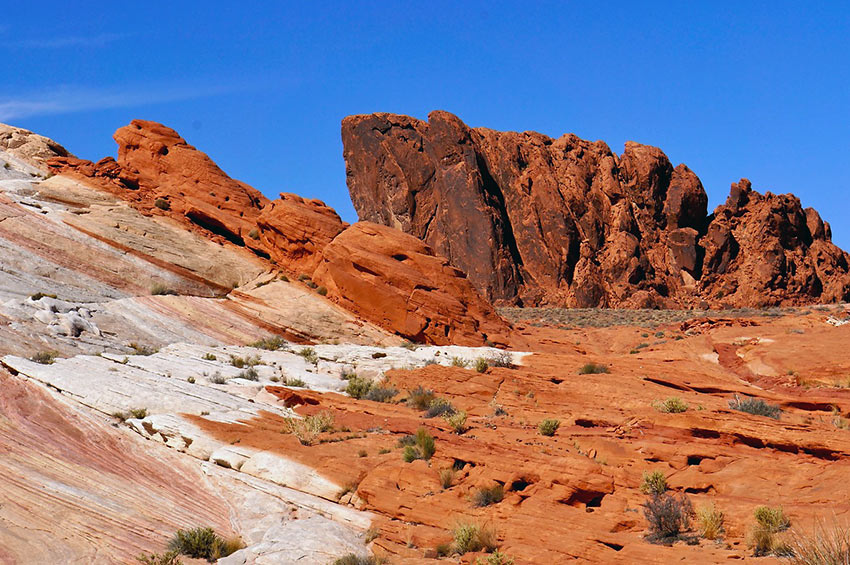
For high contrast, a quick travel to a spring-fed wetland, in the Mojave Desert, Pahranagat National Wildlife Refuge. Imagine ducks and pelicans in the high desert, with raptor overlords including eagles and hawks, with 264 bird species doing fly-bys. Other wildlife ranges from mountain lions to the rare, fearsome Jackolope. Mind the rattlesnakes.
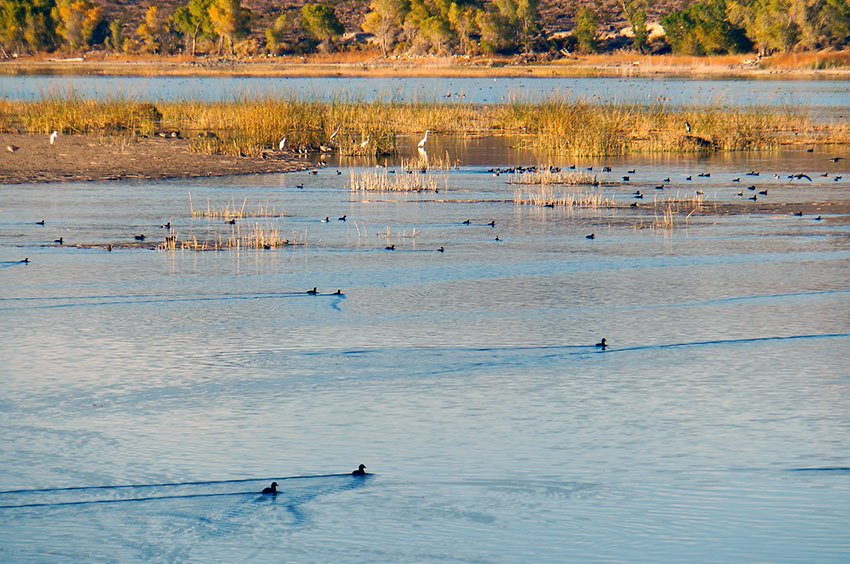
Also en route, the Lost City Museum in Overton, worth a stop to understand something of the remnants of an ancient Indian civilization that were moved when Lake Mead was created in the 1930’s. Check out its offerings.
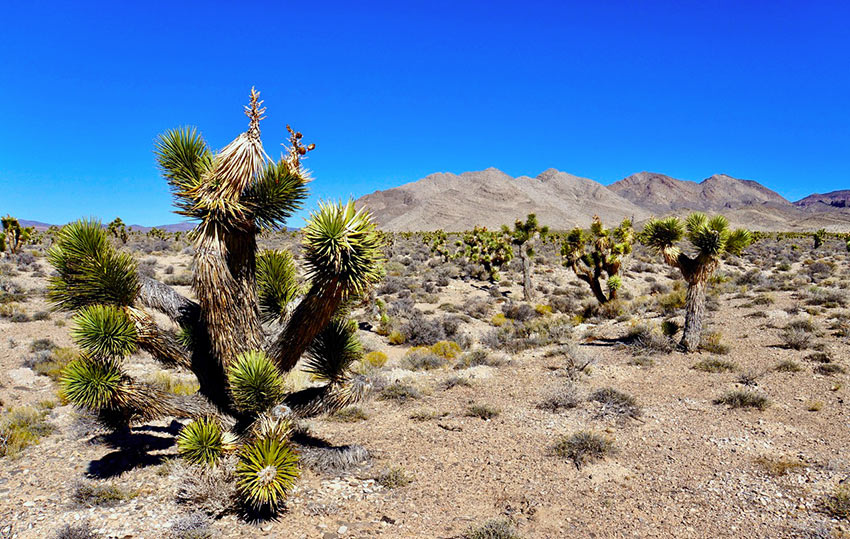
Our route continued north on 93 then a northwest trajectory on lonesome 375, officially renamed the Extraterrestrial Highway. Nearby is the top secret locale Area 51, the existence of which was recently confirmed in CIA documents. Conspiracy theorists and/or nutballs believe holds an alien spacecraft that crashed. Some of the many UFO sightings are undoubtedly ‘black’ experimental military aircraft, we were doing a large oval around federal lands including benign uses like wild horses management but also highly restricted military areas. The few locals living along the ET Highway, in another eye-blinker, the town of Rachel, have great fun with the legends. One favorite, at funky roadside attraction Cafe Little A’Le’Inn, is a tow truck hauling a small flying saucer.
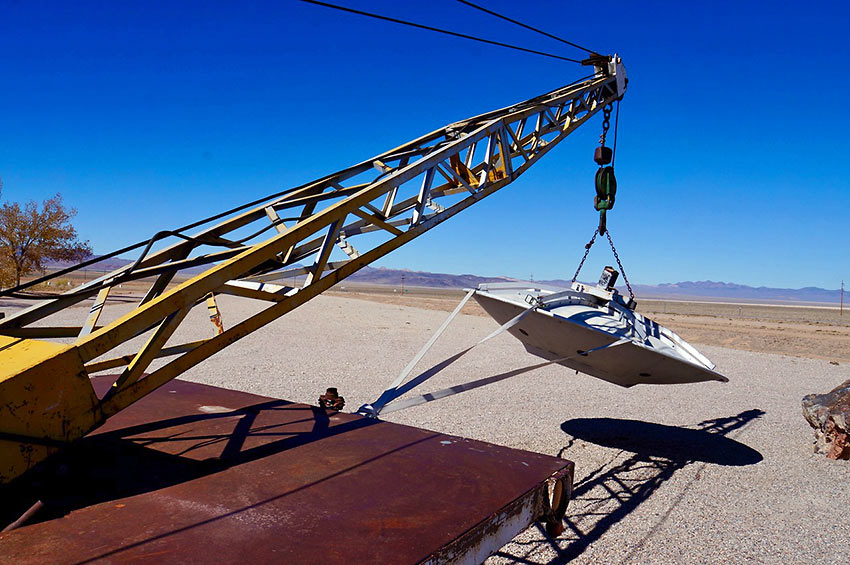
Next to the saucer is a legit radiation testing station. On the other side of a small mountain range is the Nevada Test Site. Part of it is Yucca Flat, the most nuked site on earth, 739 (!) nuclear tests, of 928 on the entire site, most but not all below ground, some with multiple detonations, from 1951 to 1992.
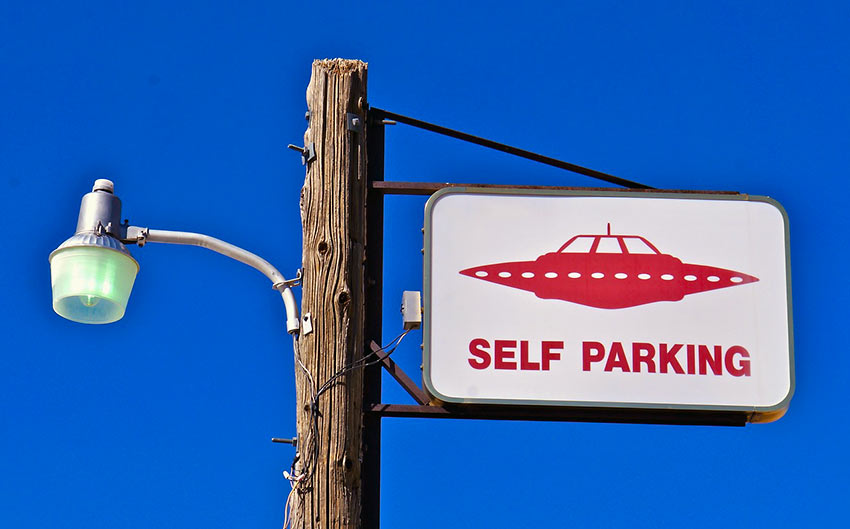
If you’ve had the bejesus scared out of you by films of boiling paint and buildings blown away by shock waves, then sucked back into the blast vacuum, it came from here. And if you’ve seen sci-fi films about giant ants, tarantulas and locusts, chances are their ancestors hail from the neighborhood.
The tests might have killed Genghis Khan. At least, John Wayne, who portrayed him in ‘The Conqueror’, a Howard Hughes financed film shot in 1955 in a downwind location in Utah. Over three times as many of those working on the film eventually contracted cancer, half of them fatally — including Wayne, Susan Hayward, Agnes Moorehead and director Dick Powell — as would have contracted it in comparably sized groups.
We could see forever down the ET Highway until it turned into the surrounding mountain ranges. The little old ladies in us had receded. We were now proud men with midlife crises! No cars came toward us, certainly none from behind. I don’t want to encourage this sort of thing, but if you plan to go fast, this might be the spot. Our actual speed is on a strictly need to know basis, my eyes focused not on the speedometer but to watch for cows on the fenceless open range. Like atomic fallout, Bumblebee velocity sped startling bovine growth from miniatures in the far distance to giant steers. Caution. And for that last bump in the road.
The next legs of the trip, highway 6 west, blurred into Old West lore, including Tonopah. A strike in 1900 transformed it into ‘Queen of the Silver Camps’. Mining has always been and will always be deep in Nevada’s bones, the vast majority of gold mined in the US still comes out of Nevada. The original strike, with buildings and equipment, is now a 100 acre park. Hand dug cracks in the earth descend over 1,000 feet, deeper than the tallest building in Las Vegas. Once burros were lowered, they stayed for life, eventually going blind in the dark. One miner met his demise when the man operating the machinery lowering him into the earth enabled a descent in record time after getting wind of an affair with his wife. I don’t know if they are among the ghosts haunting Tonopah’s historic Mizpah Hotel. The top draw is the occasionally sighted Lady in Red, a prostitute murdered in 1914 by a wealthy boyfriend who was enraged to find out he wasn’t her only lover. An alternate legend has her being discovered cheating on her husband after he missed his train and returned to the hotel. Same outcome.
For a sense of Tonopah’s boomtown era, you can click to enlarge the historic photos here.
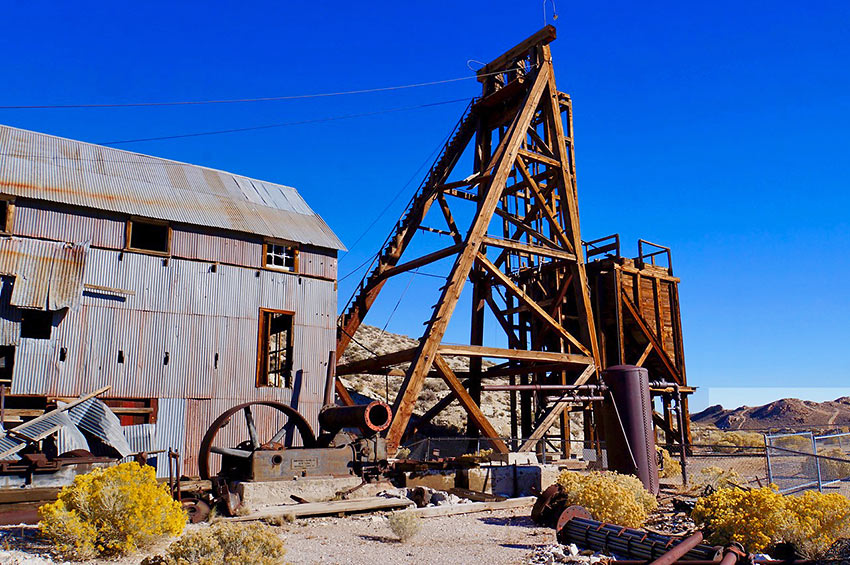
Funky towns like Goldfeld are packed with colorful characters. Awfully nice people, gregarious in roadside bars, but perhaps best not to bring up politics.
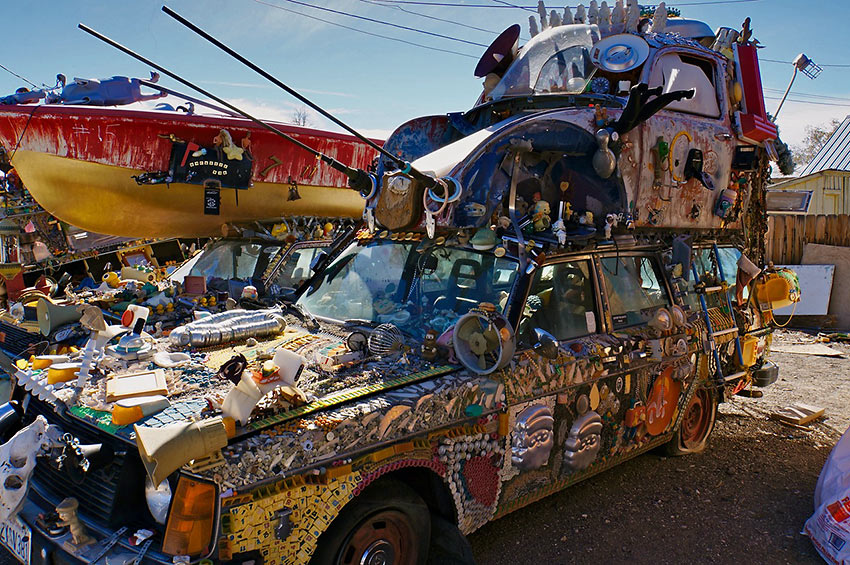
Coming down Route 95, one arrives in Beatty, Nevada’s gateway into the 5,219.33 square mile Death Valley National Park, which straddles the California-Nevada border. It’s the hottest, driest and lowest place in North America. But late Fall to early Spring it’s often convertible heaven. If ‘breathtaking’ is overused, it’s still legit here when viewing the varied landscapes, from sand dunes to mountains to salt flats. The silence alone holds your attention, before going 282 feet below sea level at its lowest point, Badwater Basin, or contemplating a record temperature of 134.06 degrees F.
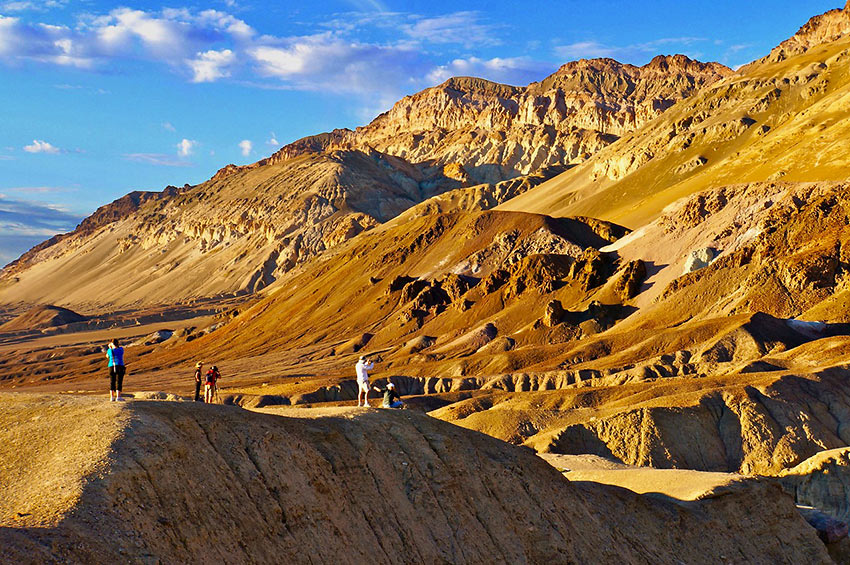
Going in or coming out, stop at the Goldwell Open Air Museum, with its impressive sculptures including a wild take on The Last Supper, next to the ghost town of Rhyolite, a once thriving gold rush town that came to grief and generated a mining stock wipeout. As if we need one these days, it’s yet another reminder of how fast a sure bet can hit the skids.
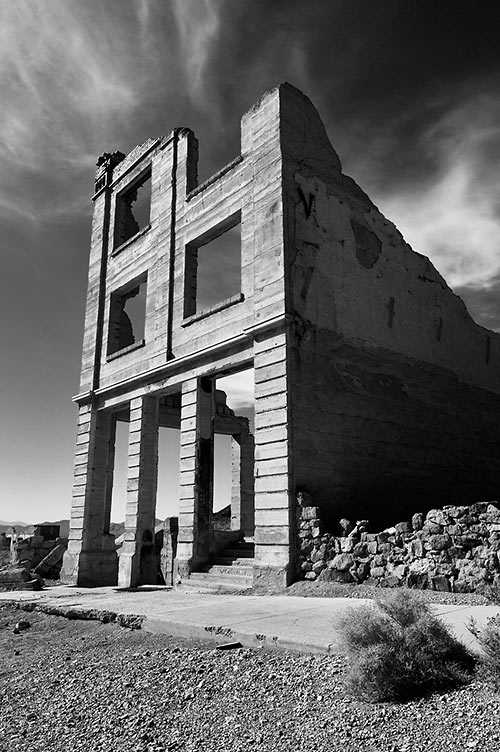
At its peak, Rhyolite wasn’t so small. Within a few years of its founding in 1904, it had up to 12,000 people walking its streets, drawn here by the discovery of gold, all having high hopes of endless riches. Electricity crackled through a town that was lit up 24/7. Tracks were laid; trains arrived and departed constantly, with freight coming in and gold ore going out. Schools opened, expanded, and rang with the laughter of children. The laughter of adults emanated from 45 saloons, numerous dance halls, and an opera house. The Bullfrog Miner’s Union was a force among the 85 mining companies ripping through the surrounding hills. Then, after the financial panic of 1907, only a few hundred people walked these true boulevards of broken dreams. Shortly thereafter, only a few dozen souls remained. It’s almost frightening to deconstruct one’s mental pictures, from vibrant growth to a fast demise, to the last resident’s death in 1924. The town’s former sense of whimsy survives in a house constructed of 50,000 bottles imbedded in adobe. One of the best-preserved structures is the former train station, later an unlucky casino, while remaining portions of the four-story Cook Bank, with skies framed through windows, inside and out, appear as evocative ruins. Here, architecture shows its barest bones.
Ghost towns exercise the imagination. Their evocative emptiness invites the mind to fill in a picture of what once was. Such places are studies in absence, hollow shells whose animating communities have long since evaporated into history. Each is a physical record of a moment in time when a city that had built itself up from nothing seemed, for a time, to be unstoppable, before just as suddenly collapsing, quickly abandoned and forgotten.
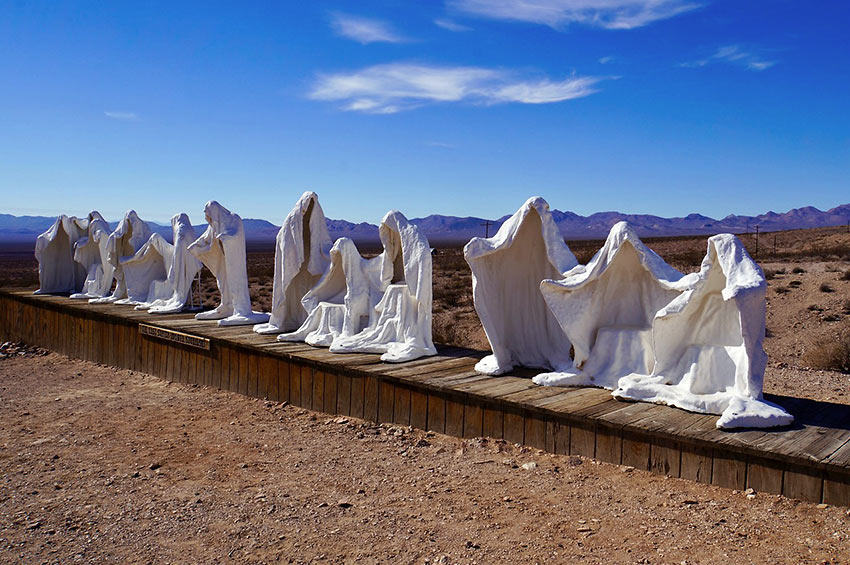
A decompression discovery on the way back is a top grade winery, Pahrump Valley Winery. Paired with a first class restaurant, the wines of this relative newcomer will amaze, as they have in blind tastings across the country.
Time then, for Vegas, and stories that remain there. And for Bumblebee withdrawal. Next time the outback will more easily draw me out of city lights. My navigator, intrepid traveler Bruce Northam from NYC’s Chinatown — 152 countries and counting — pronounced this one of the best trips ever, ‘a top ten, maybe five, and it’s not even a foreign country.’ No, it’s a different planet.
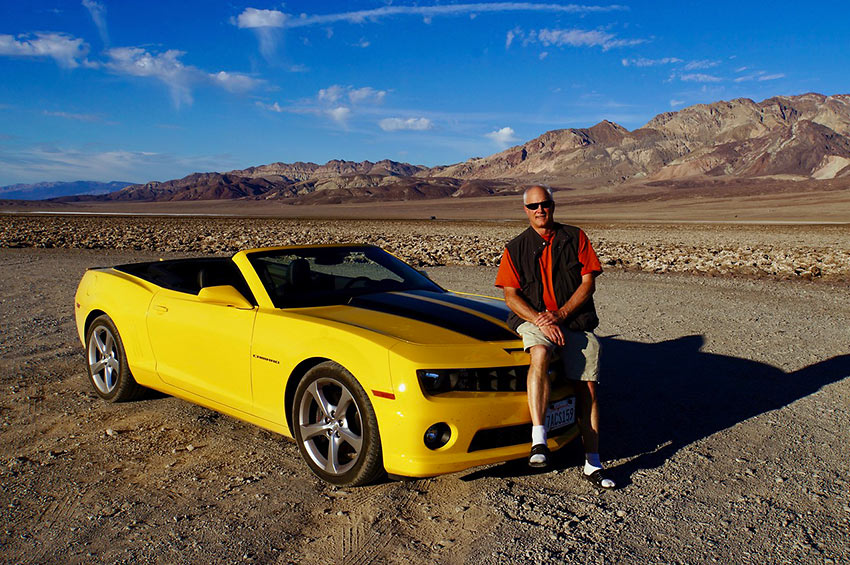
Note: As travel returns, road trips with easy social distancing will lead the way. Nevada’s outback is a contender. Explore the Travel Nevada tourism site.
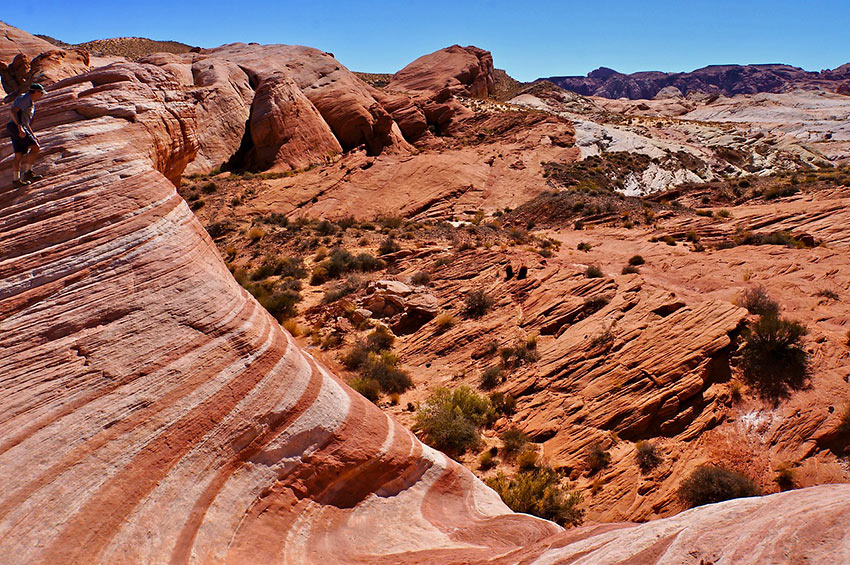
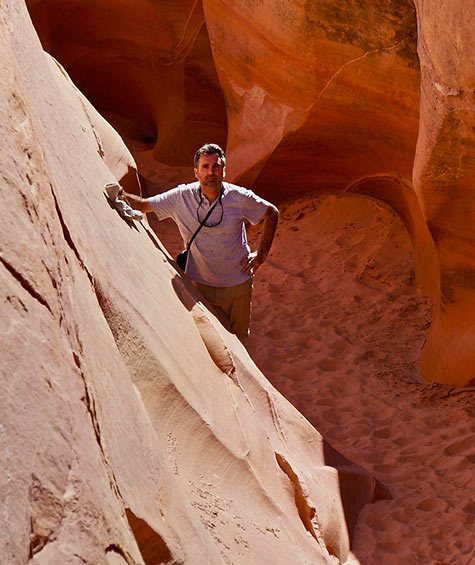
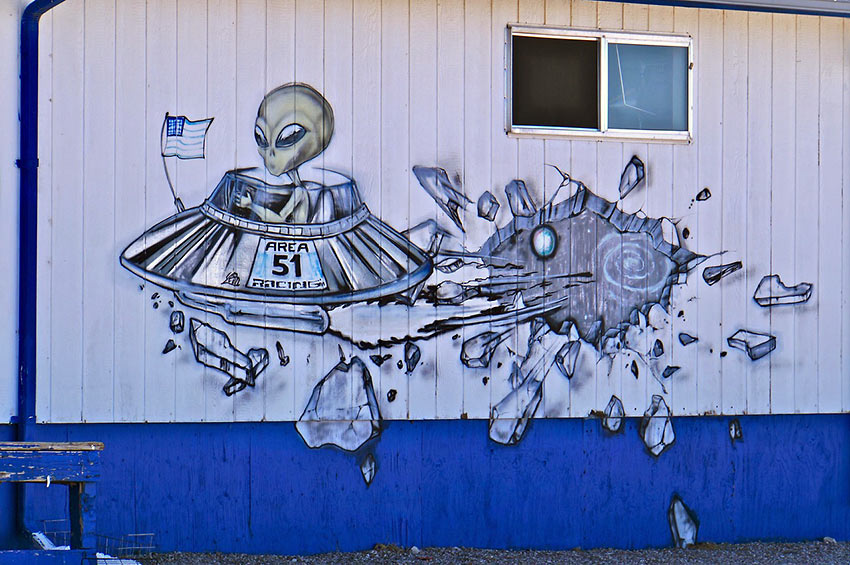
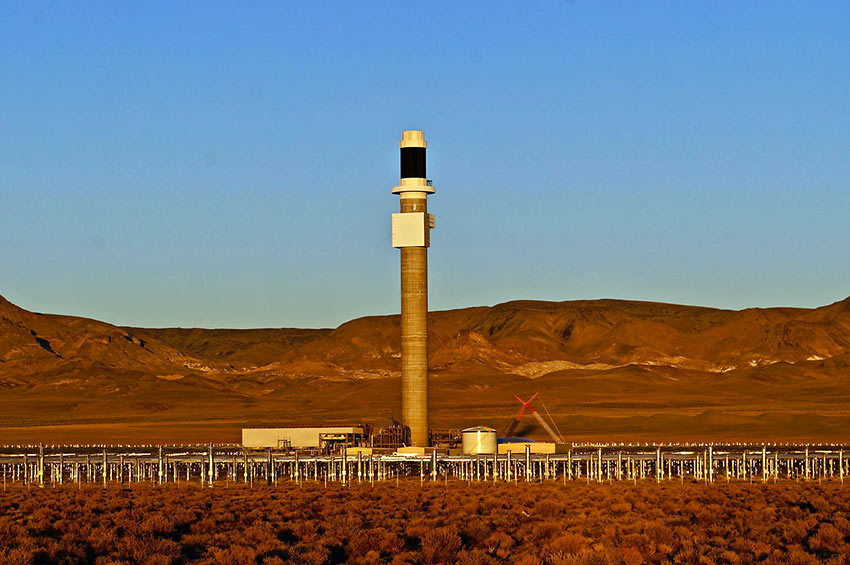
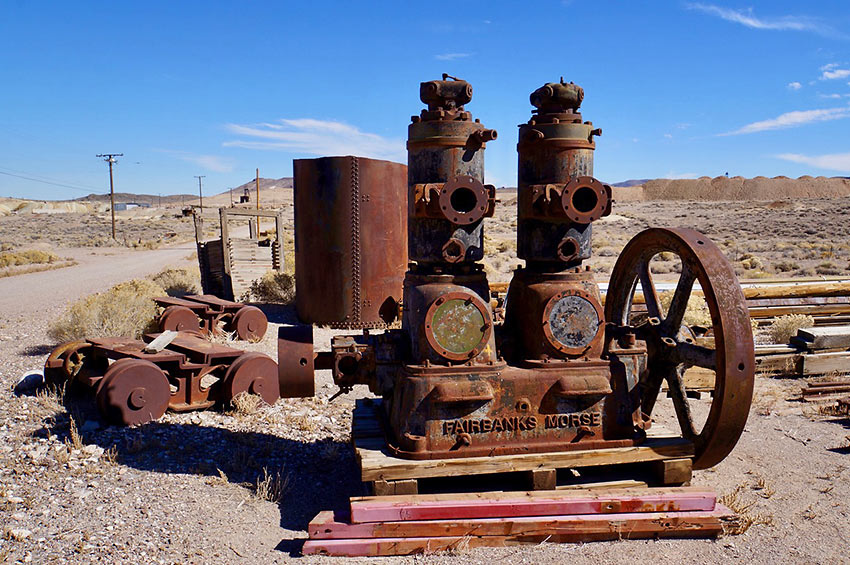
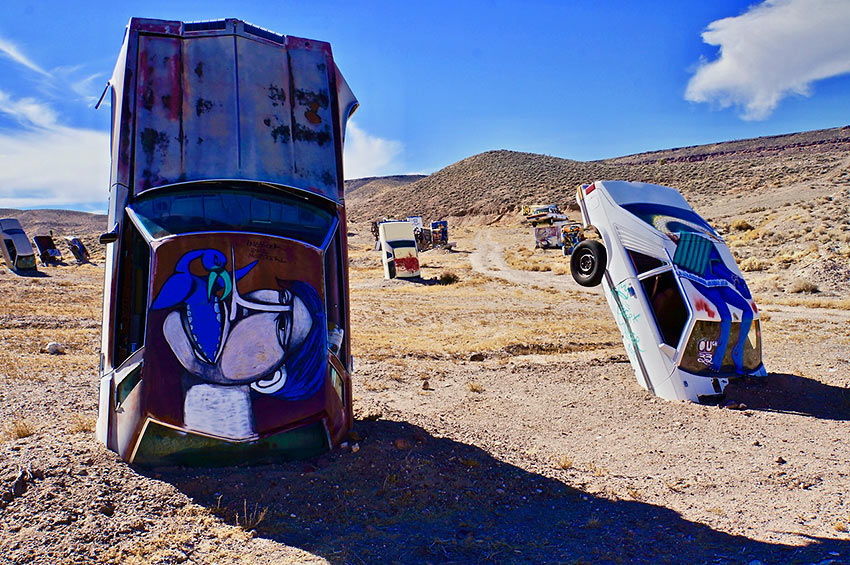
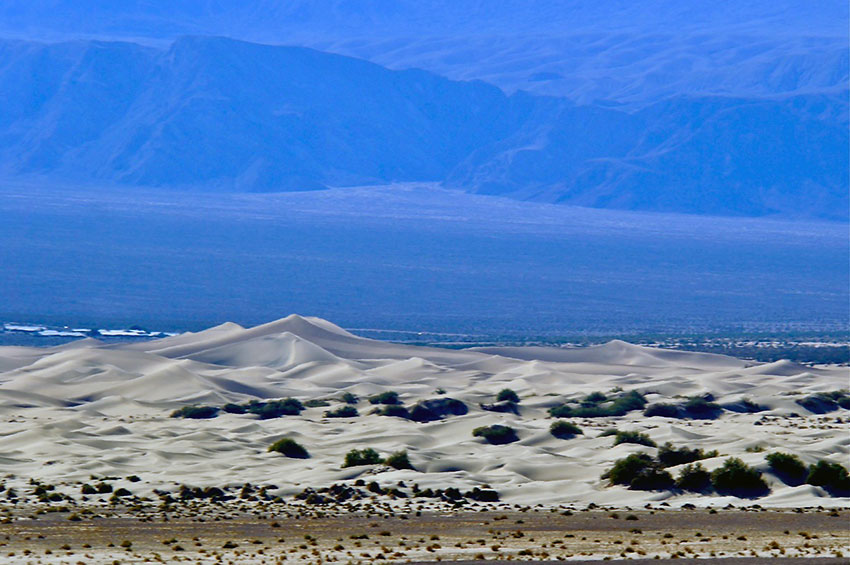
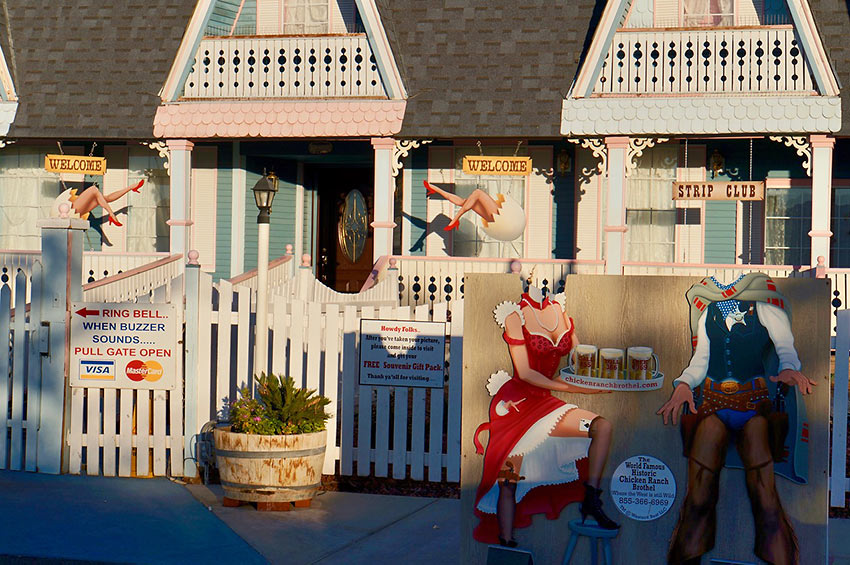
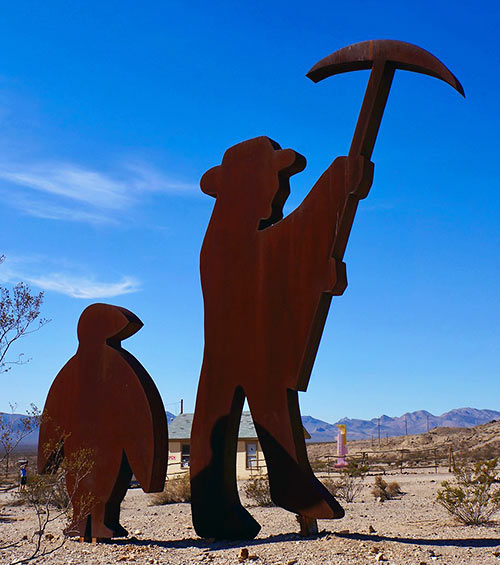
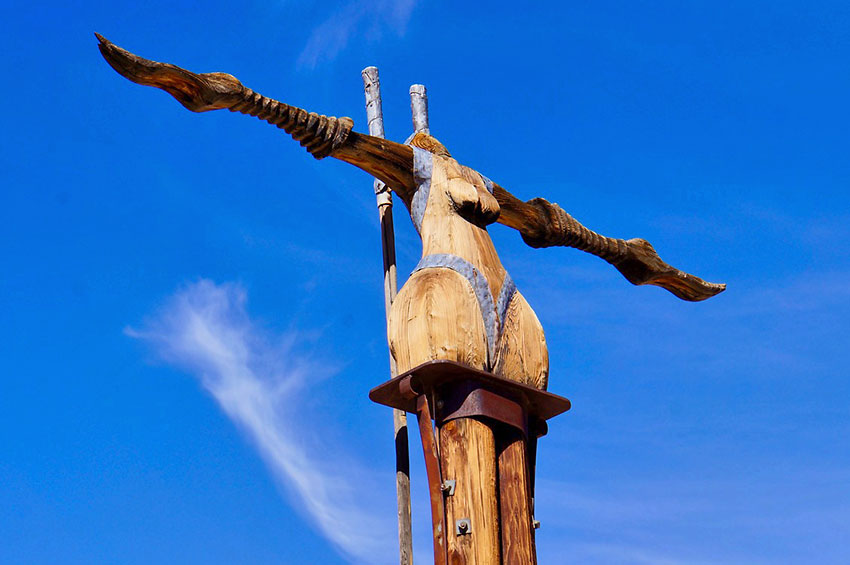
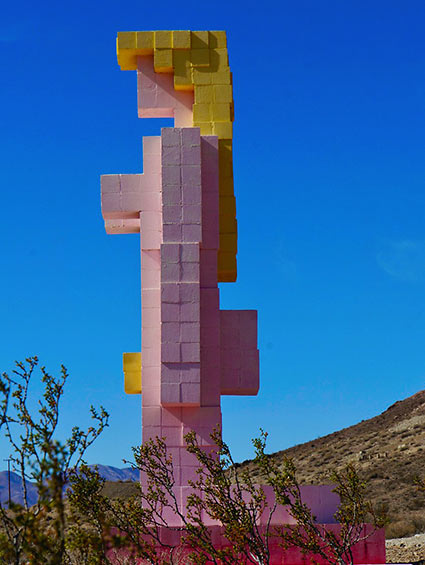
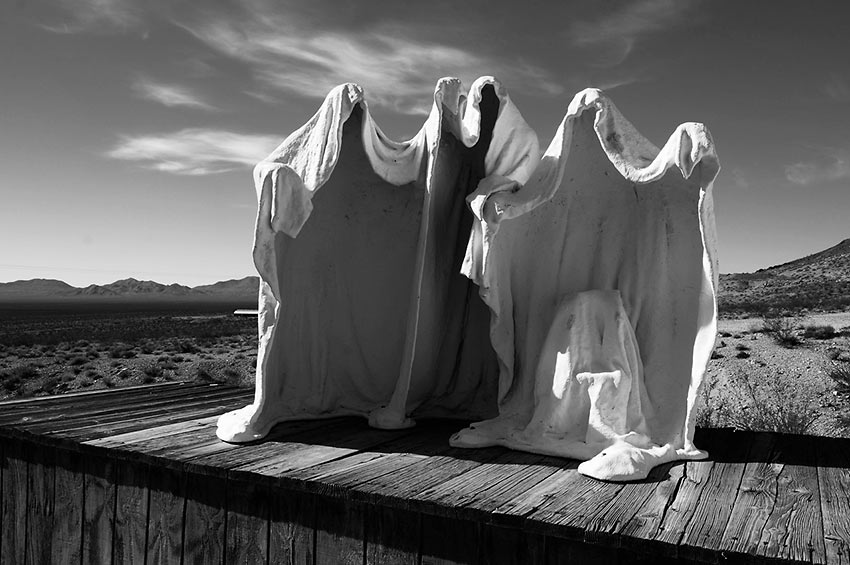
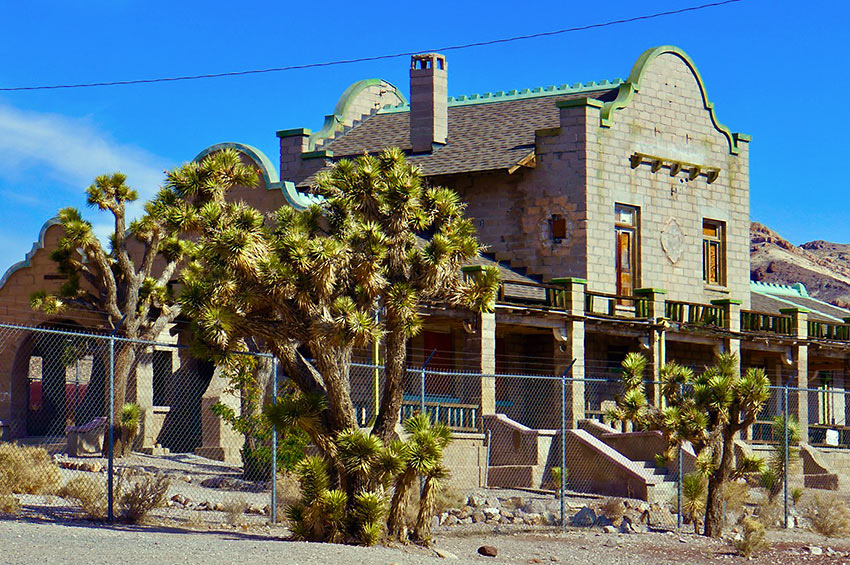
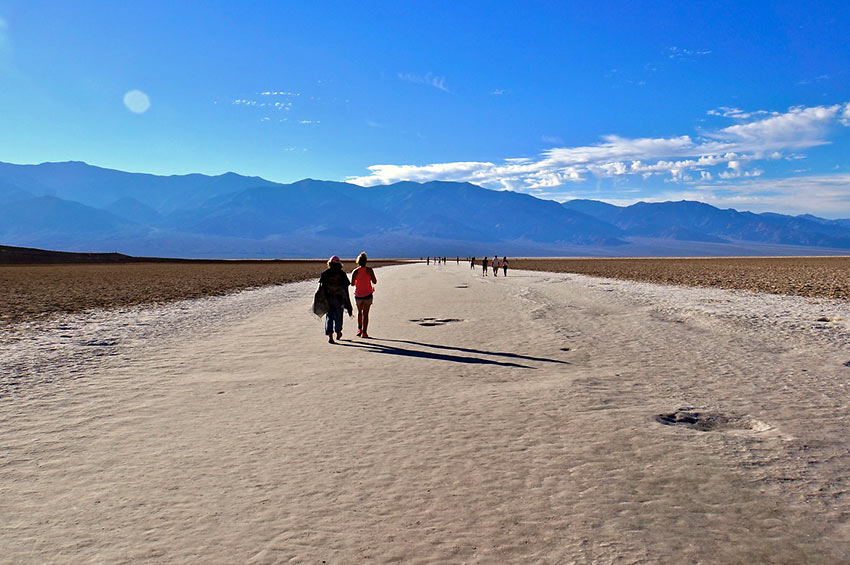
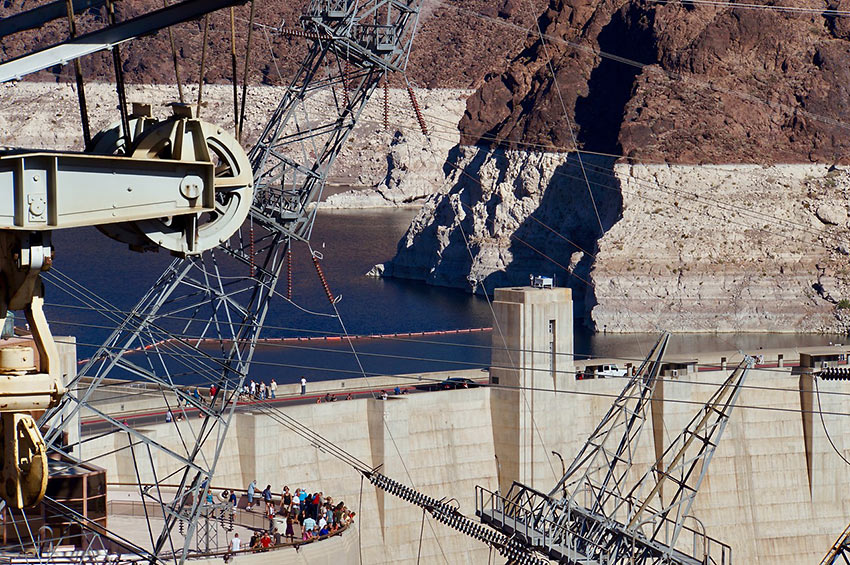
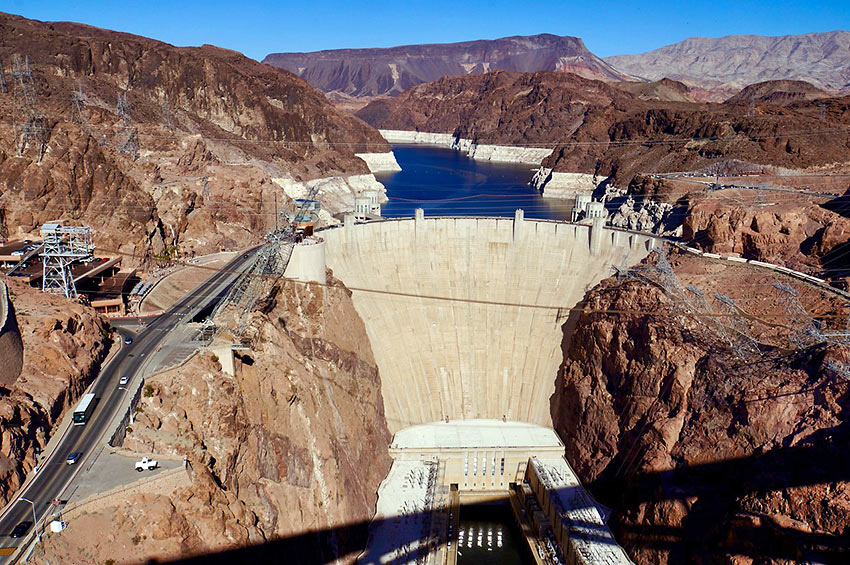
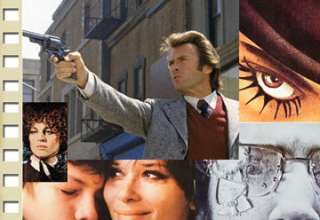
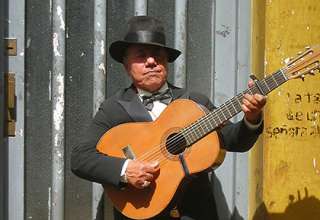
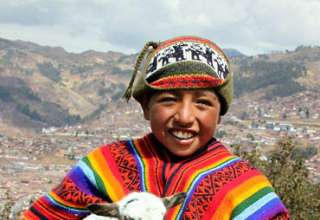
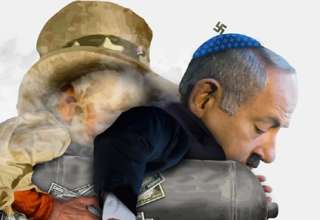
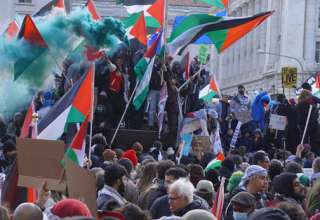
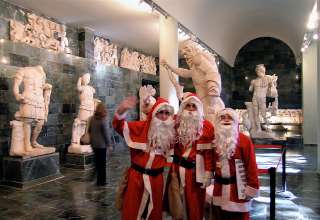
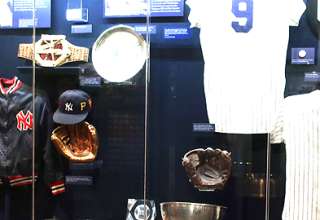
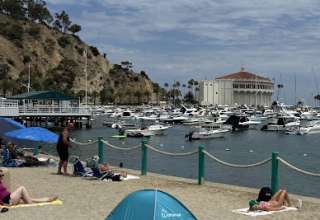

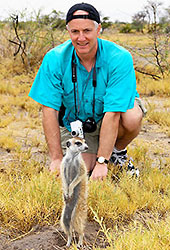 Growing up in Kansas, Skip Kaltenheuser was tuned to travel by a traveling salesman father’s pedal to the metal vacations. He extended his reach with travel writing, and efforts such as supervising elections and doing special projects. When they’re willing to slum with him, Skip’s favorite travels are still with one or both kids, now young adults, neither indicted despite living in Washington, DC their entire lives.
Growing up in Kansas, Skip Kaltenheuser was tuned to travel by a traveling salesman father’s pedal to the metal vacations. He extended his reach with travel writing, and efforts such as supervising elections and doing special projects. When they’re willing to slum with him, Skip’s favorite travels are still with one or both kids, now young adults, neither indicted despite living in Washington, DC their entire lives.